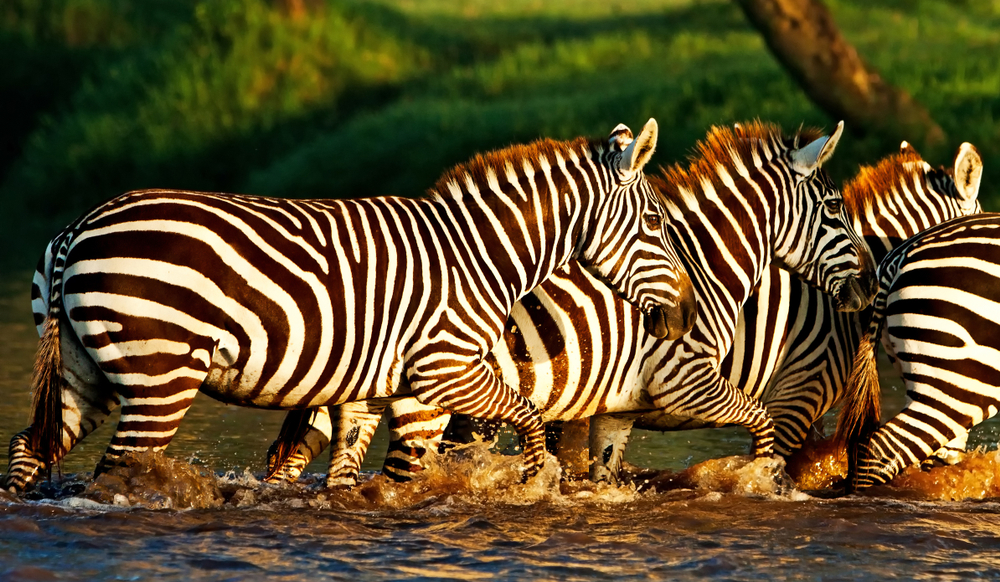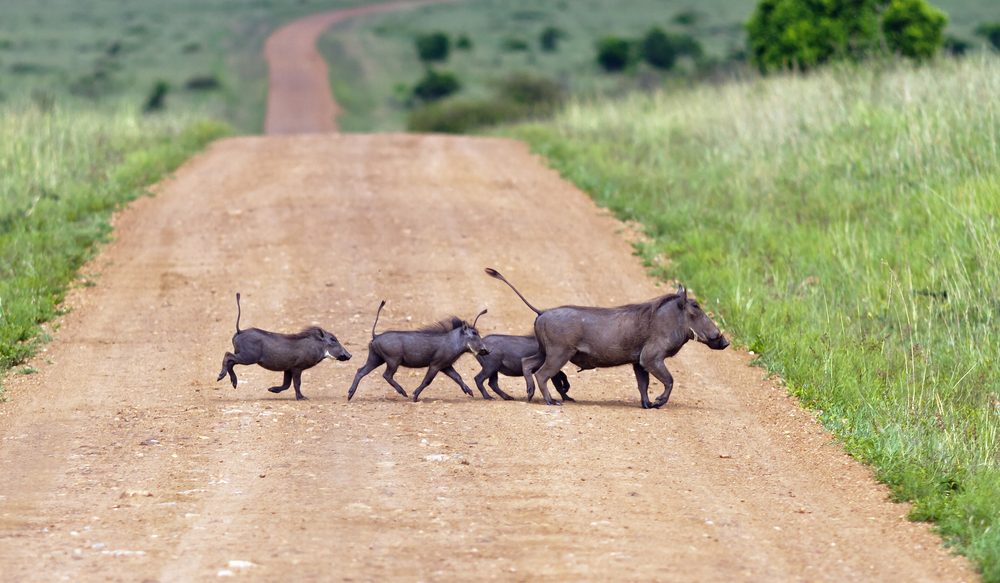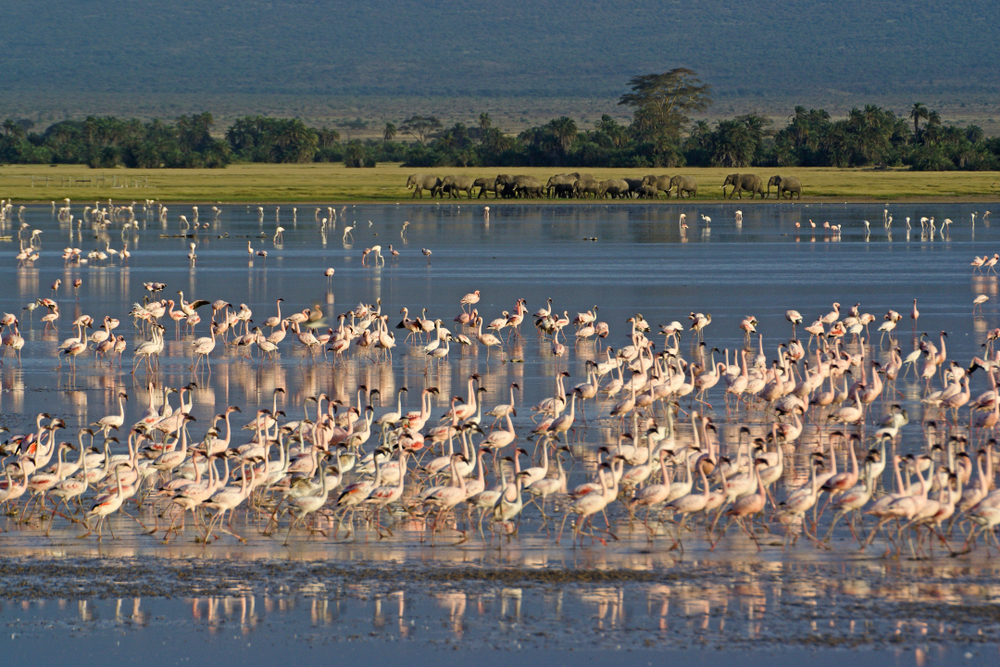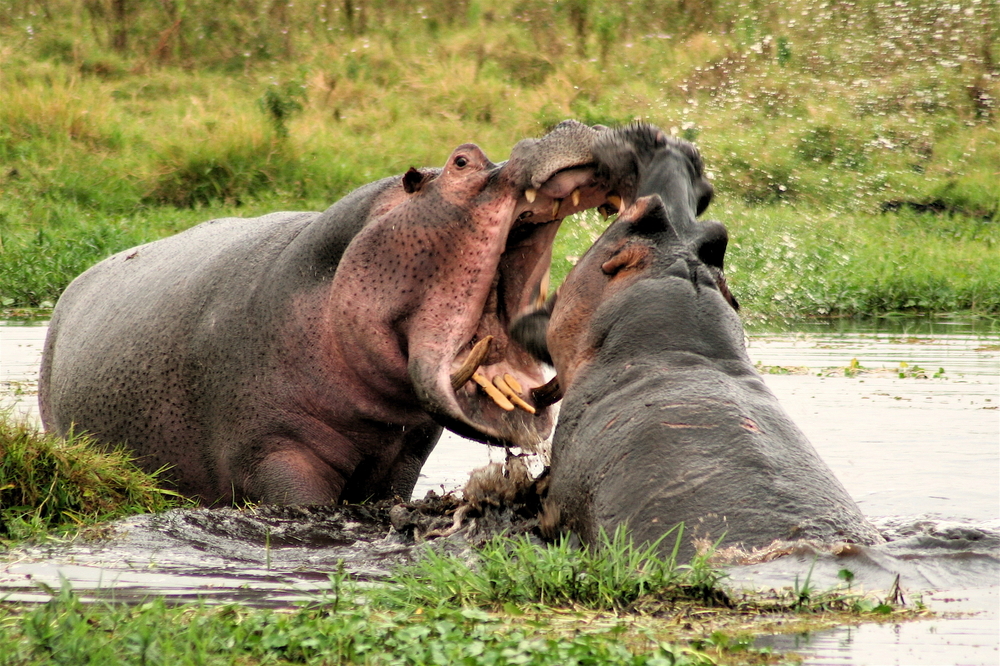A game drive in Amboseli National Park offers an unparalleled opportunity to immerse oneself in one of Africa’s most iconic landscapes, dominated by the majestic backdrop of Mount Kilimanjaro. This experience allows visitors to explore the diverse habitats of the park, ranging from the dried-up bed of Lake Amboseli, wetlands with sulphur springs, the savannah, and woodlands, all teeming with wildlife.
As the early morning sun begins to cast its golden light across the vast plains, visitors set off in open vehicles, the cool air filled with anticipation. The park is renowned for its large herds of African elephants, and it’s not long before you encounter these magnificent creatures, often seen strolling majestically or bathing in the swamps. Their social interactions and playful behavior provide mesmerizing moments.
Beyond elephants, Amboseli’s flat plains make it an excellent place for spotting other wildlife. Grazing herbivores such as zebras, wildebeests, and gazelles are plentiful. With some luck, you might spot the graceful giraffes nibbling on acacia leaves or observe groups of buffaloes cooling off in the mud. The park is also home to a variety of bird species, adding a splash of color and song to the experience.
Predator sightings add thrill to the game drives. Lions, spotted hyenas, and cheetahs are among the carnivores that might be observed, especially during the early morning or late afternoon when they are most active. Watching a pride of lions resting under the shade or a cheetah surveying the plains for its next meal is an unforgettable experience.
The guides, with their deep knowledge of the park’s ecosystems and animal behaviors, enrich the drive with fascinating insights, pointing out hidden animals and explaining the complex dynamics of the wild.
As the sun sets, painting the sky with hues of orange and purple, the game drive offers a reflective moment to appreciate the serene beauty and rawness of the African wilderness. Amboseli provides not just a visual feast but a deep connection with nature, leaving visitors with memories that last a lifetime




































































































